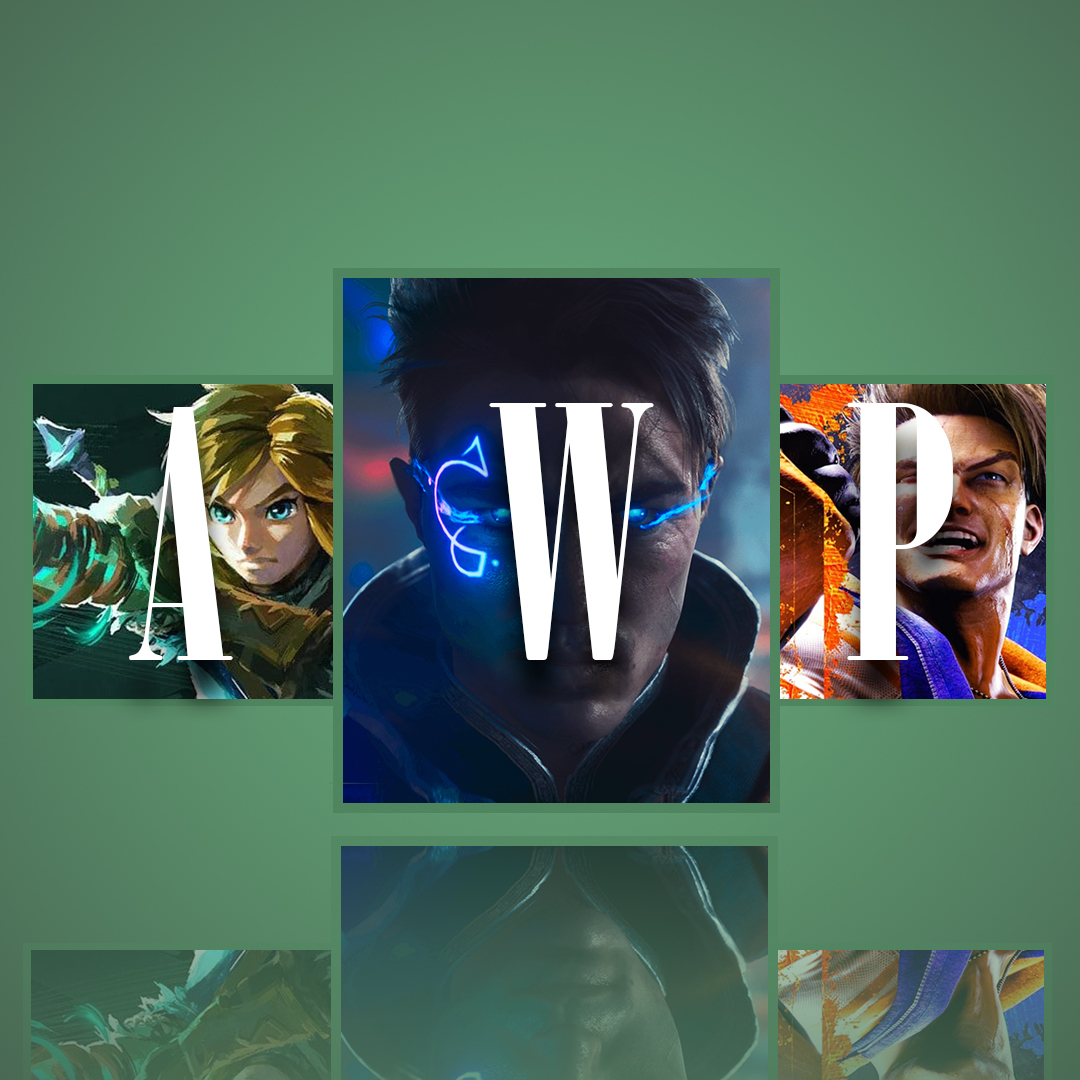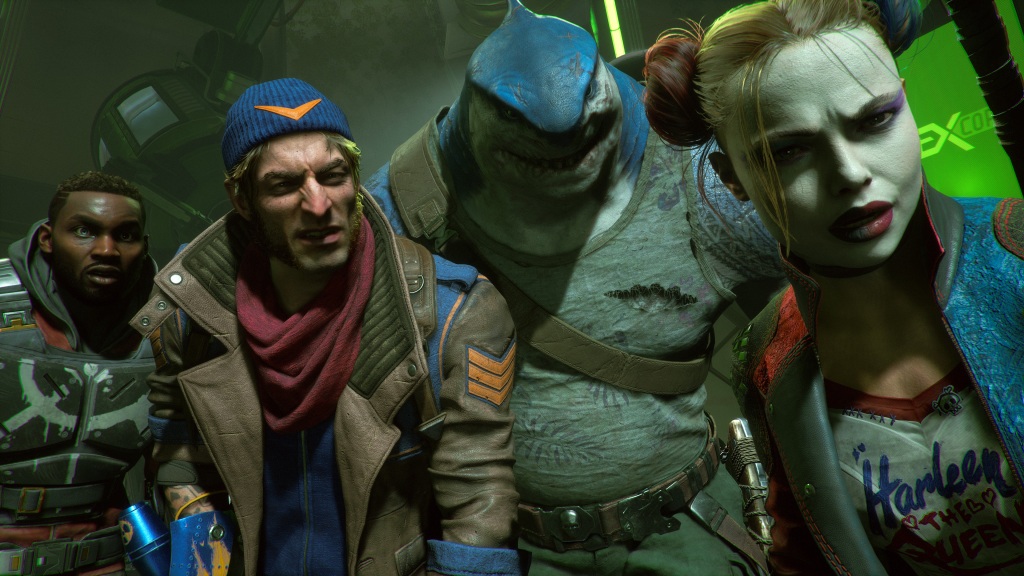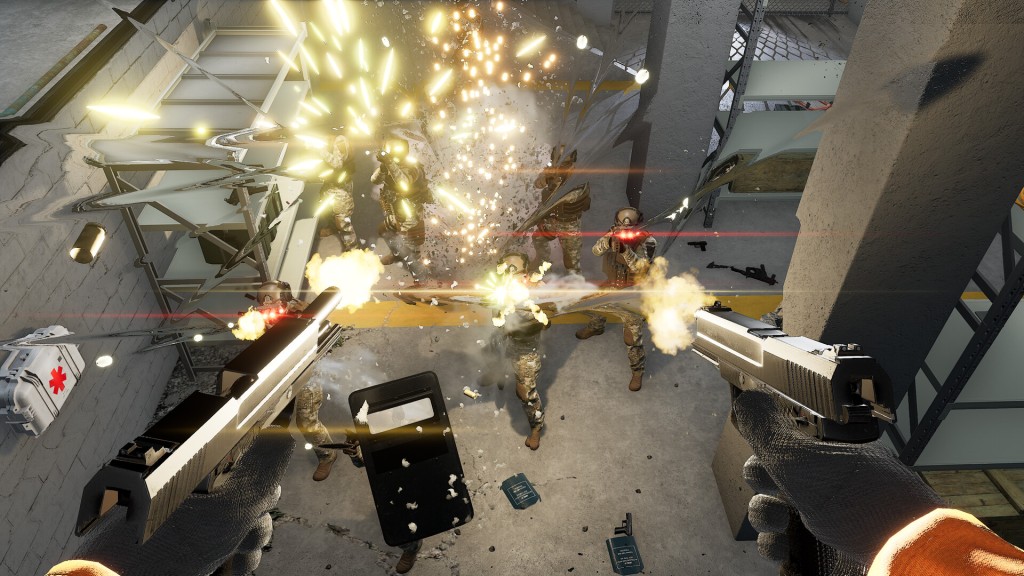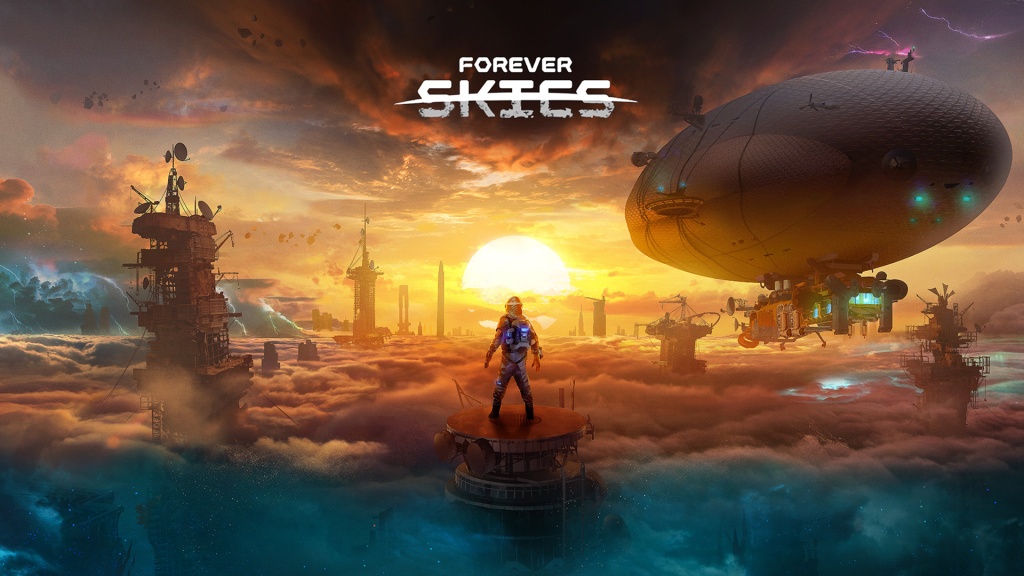Having grown up in Hong Kong myself, I have been a huge fan of HK Action Films! The most iconic of which were by non-other than the maestro of chaotic-action John Woo himself. So you can imagine, I was really looking forward to Hong Kong Massacre, which boasted action worthy of his weightful name itself.
Hong Kong Massacre sees you fill in the blood-soaked shoes of a vigilante, as he goes on a shooting spree against triad members after his loved one becomes a casualty amongst gang warfare.
If you have played Hotline Miami, you will be familiar with the gameplay structure present here. The game is divided into levels, each with a unique setting and layout, as well as a tiered scoring system that relies on how well you do. Also similar to Hotline Miami, you don’t get much in terms of health, and a single bullet is enough to put you or your enemy down. So, the game is all about mastering the level and its enemy layout if you want to survive.
What really sets this apart from Hotline Miami are the 3D visuals soaked in neon-Esque lighting and exaggerated particle-effects that would make Remedy Games itself proud. This all blends together to accurately portray the visual spectacle of a hectic John Woo action film.

There are two key elements to what makes a John Woo shootout more entertaining than most – the actual act of firing and the reaction you get from it. You feel each hit as an audience, and Woo himself isn’t afraid of exaggerating their weight or spectacle if it helps him deliver that punch. That element of hit-react is definitely present in Hong Kong Massacre thanks to its reliance on abundant particle effects, which include both blood, debris and the muzzle flashes.
The last element that every great John Woo action film needs is slow-motion. As much as Snyder might get the credit for being great at slow-motion, it was John Woo who originally used it to great effect. Unlike Snyder’s more stylistic and non-linear approach, Woo’s would only serve to heighten his bullets’ impact, kicking in right after a hit, really making the audience feel every blow.
The game manages to incorporate that element as well, and rather than fumble with pre-placed slow-motion triggers, it lets the players have control over it. Because of this, it becomes more than a mere spectacle, as you have to cleverly use it in order to control the hectic action around you, giving yourself time to focus and take down multiple enemies. The exaggerated particle effects we spoke about before, really lend themselves to this system, giving you moments of amazing spectacle as blood and debris fly around you like ink in water.
As you can tell, stylistically, the game has some really cool action film moments, heightened by the careful reliance on what has made their inspiration’s movies so great.
Mechanically, however, the experience isn’t as tight and suffers from quite a few issues that make certain features either seem redundant or frustrating. The key of this is down to Nintendo Switch’s control scheme. Whilst the face and shoulder buttons are generally fine, it’s the small analogue sticks that the game struggles with, and you don’t get the range of aim control you want, often easily missing enemies by pointing towards an awkward position due to the sticks’ small range.

The game does have some aim-assist, where your cursor snaps to the direction of the nearest target. Whilst this does help, it isn’t as strong as it should be, and I found myself often having to let go of the right stick so I wouldn’t accidentally snap away. One way this could have been helped is by letting you not only peek around the level up to a range but also use a button to target an enemy. This is what Hotline Miami did to make its console and vita version feel as accurate as PC.
The slow-motion isn’t as fine-tuned either, as more often than not, there would be a noticeable delay in the mechanic kicking in after pressing the relevant button. This goes against the fast-paced setting of the game, where every second and action counts. It makes the mechanic less reliable than it should be.
Furthermore, whilst the game does offer a dodge button that sees you slide and dive over obstacles like most action films, the limited animation set betrays the rest of the game’s spectacle, oftentimes feeling either clunky or unpolished. The same type of slide animation plays for a couple of directions you dodge in, which don’t seem to fit as well. I would have loved to see more variation in that regards rather than the negligible difference found between some sets. The roll animation feels a bit slow as well, but not due to its speed, but the actual range.
One particular element of the game that really made me scratch my head was the game’s tier-ranking system per level that we have previously mentioned. There is nothing inherently wrong with a tier system, as it often encourages replayability and mastery of a level, it’s what the scoring is based on that is a bit baffling here.

You can get up to three stars per level, which you can use to unlock new weapons or upgrade existing ones. Each star is earned by completing a specific challenge throughout the levels. However, these objectives are mostly the same for all levels and really go against their intended Hong-Kong action experience.
To get more stars, the game encourages you to play levels without triggering slow-motion, having perfect accuracy and finishing the level in a set amount of time. These really feel odd with what the game is trying to be. As a game that aims to highlight the best John Woo action experience, it makes you fight against their best elements for a perfect score.
There is nothing wrong with throwing in challenges, but I would have preferred to see those that fit in well with the game’s mechanics and theme instead. For example, rather than telling you to not use slow-motion at all, why not tell you to use it for every single kill, or killing certain amounts of enemies in one bar of slow-motion. Perhaps one that rewards you for only killing enemies whilst dodging. The accuracy one doesn’t fit as well either, as John Woo films are known for bullets flying around and hitting elements around them, kicking up smoke and debris.
As you can see, there is definitely room for a challenge system here, but it needed a lot more thought. This would also require the developer to balance some of the game’s levels to help with those unique challenges. As it stands, you are basically penalised for wanting to play it like the action-experience it intends to be.

Overall, Hong Kong Massacre can get extremely fun to play with the abundance of particle effects and impactful gunplay which really fits well with their intended Hong Kong action experience. Ultimately, however, this is let down by Nintendo switch’s controls and a conflicting challenge system that goes against the intended action experience. Still, at only £19.99, the spectacle and fun definitely make it worth it for fans of games like Max Payne, or films like Hard-boiled.






Leave a comment